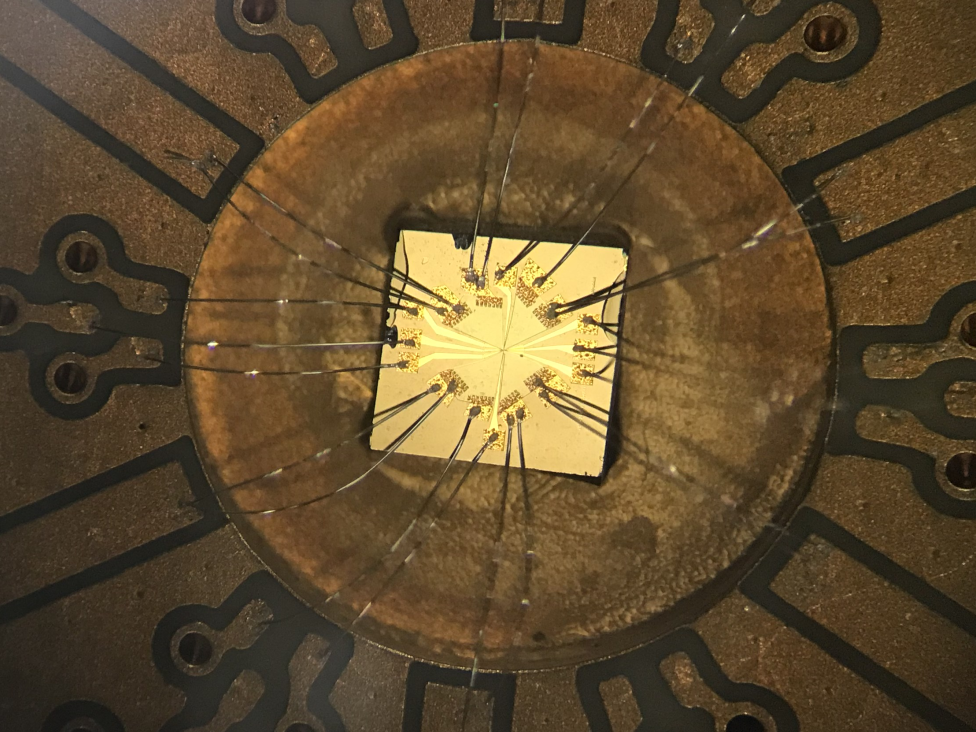
The Quantum Materials and Devices Axis brings together researchers, experimenters and theorists who study condensed matter on spatial or temporal scales such that quantum confinement or coherence effects are predominant. Elementary or collective excitations (electronic, vibrational, spin, topological, etc.) and their interactions are studied using high-frequency mesocopic transport techniques or continuous or ultra-fast optical spectroscopy, covering the electromagnetic spectrum from GHz to the visible over an energy range from μeV to a few eV. Quantum control and manipulation of the properties of matter is implemented in integrated devices exploiting the coupling between these excitations and electromagnetic fields to perform new functions in the fields of quantum electronics or photonics. Among the systems studied recently, we can cite III-V and II-VI semiconductor nano and heterostructures, 2D lamellar materials such as graphene, hBN, transition metal dichalchogenides, topological insulators or semi-metals, 1D materials such as carbon nanotubes or 0D materials such as quantum boxes (of semiconductors, graphene, perovskites, …). The axis also includes advanced technological developments in materials growth and nano-manufacturing.
The Materials and Quantum Devices Axis includes the teams :
— Nano-optics.
— Nano-Thz.
— Mesoscopic physics.
— QUAD: Quantum Physics and Devices.
— Condensed Matter Theory.
Several theorists of the Statistical Physics teams are also affiliated to this axis (C. Aron, W. Krauth, X. Leyronas, K. Van Houcke). This is also the case of the members of the Clean Room and Materials department.
- The seminar of the Materials and Quantum Devices Axis is every Monday from 1:30 to 2:30 pm, in room Conf.IV (E244).
See the seminar web page on SEMPARIS. - Former members of the Materials and Quantum Devices Axis (Alumni) [to be completed].
- Current or previous Ph.D. theses by students of the Quantum Materials and Devices Axis [to be completed].










